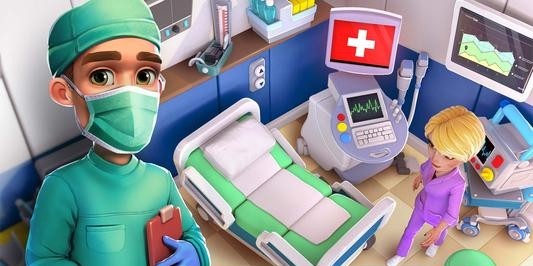The improvement of living standards and technological development have led to an increase in the average lifespan of humans, but health issues have not significantly improved along with it. Instead, as material conditions improve, “diseases of affluence” are becoming increasingly common. Upon reaching the age of 40, the human body begins to show signs of aging, with a decline in health functions, hence middle-aged people are paying more attention to health preservation. The proverb passed down by the older generation, “Check your eyes at 40, check your ears at 50,” encapsulates profound health wisdom.
This proverb suggests that after the age of 40, one should pay attention to eye health because this age group is prone to conditions like presbyopia and declining vision, and eye problems are often linked to systemic diseases such as hypertension and hyperlipidemia. Regular eye check-ups not only protect vision but also serve as an early warning for vascular diseases. By the age of 50, as aging progresses, hearing loss becomes a common occurrence. Regular ear examinations can not only intervene early in hearing loss but also provide insights into the health status of organs like the kidneys and brain through changes in the ears, as their aging may manifest in the ears.
Entering middle age, certain abnormalities in the eyes and ears should be cause for concern: yellowing of the eye whites may signal liver issues; yellow spots or small nodules around the eyes may indicate abnormal blood lipids; sudden blurriness or temporary blindness may be signs of cerebrovascular issues; red dots appearing on the earlobes for no reason may reflect inflammation or ulcers in the digestive system; wrinkles on the earlobes may be a sign of poor heart condition.
Therefore, for individuals in their forties and fifties, regular eye and ear check-ups are not only means of maintaining vision and hearing but also important steps in monitoring overall health and preventing potential illnesses. Through these simple checks, one can promptly identify and address health risks, enhancing the quality of life in middle and old age.


